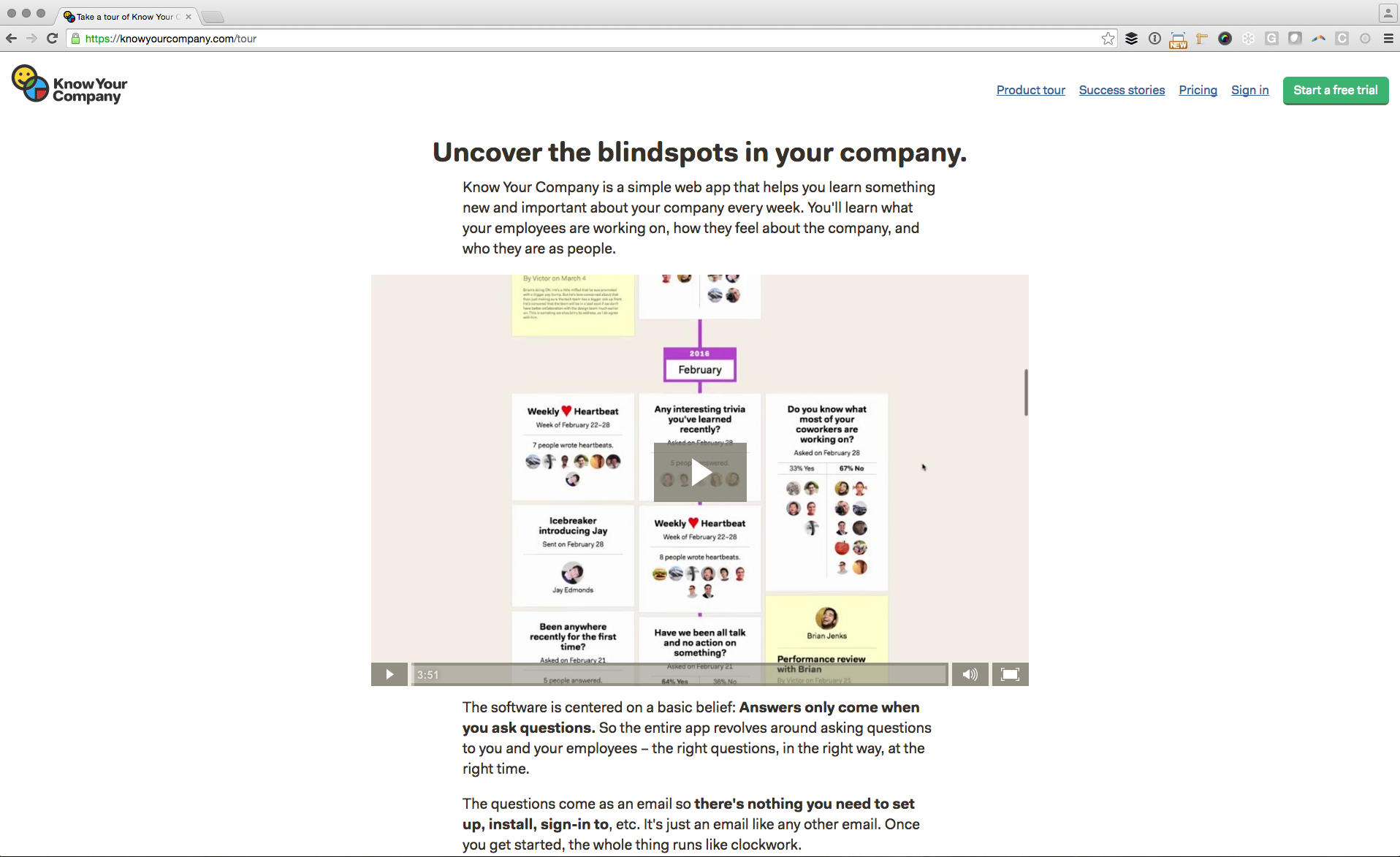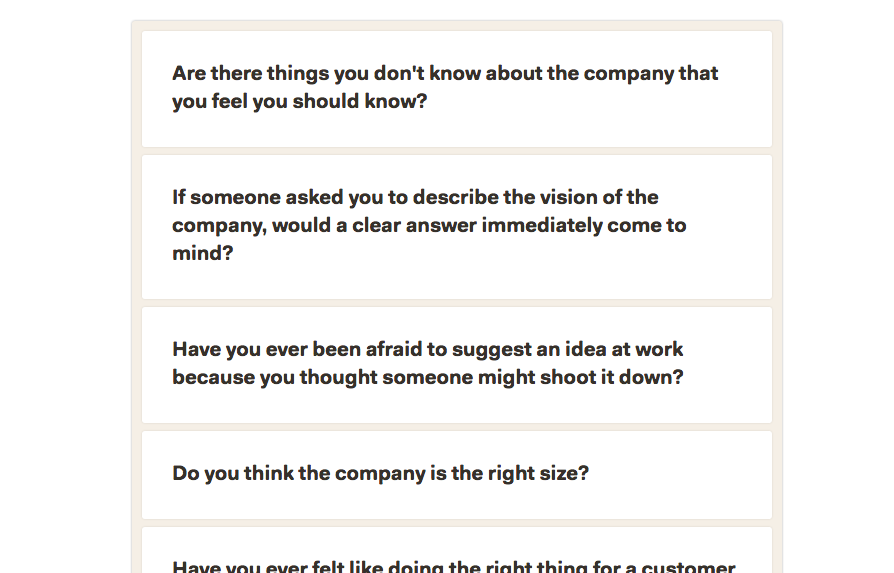
When I was an employee four years ago, I felt stuck.
I had some ideas about how I thought the company could be better… but I had no clue how to bring it up to my boss at the time.
How could I mention these ideas without it feeling like an attack on him? I didn’t want him to think I was arrogant, assuming I could run the company better than him. And I didn’t want him to become defensive, and brush off my ideas outright.
I was torn about what to do. Comments can easily be misconstrued — and in this scenario, it could cost me any good will with my boss, my reputation in company… and even my job.
I decided not to do anything. I didn’t share my ideas with my boss. I ended up leaving the company later that year.
I’m not proud of my silence. Looking back, I often think: What should I have done instead?
Now four years later, after consuming every article, study, and book I could get my hands on, working one-on-one with companies through a consulting practice I started, and speaking with hundreds of business owners as the CEO of Know Your Team… I know exactly what I should have done to give feedback to my boss.
If you’re an employee and you want to give your boss feedback, here’s are the lessons I’ve learned on what you can do.
Set up a time to talk
The worst thing you can do to your boss is surprise them with information or create a situation where they feel caught off-guard. Instead, you can send over a note to your CEO or manager to set up a specific time to talk with them.
Here’s something you could start with:
Hey [your boss’s name],
I know how much you care about maintaining a strong culture at the company… I have some thoughts / ideas on that I’ve been thinking on lately! Would you be up for chatting sometime? Perhaps we can grab 30 minutes over coffee next week, when things slow down for you? Please let me know! Looking forward to it.
Ask for feedback about yourself
Another way to kickstart the conversation with your manager is to ask for feedback about yourself. This will help your CEO or manager let their guard down, and realize that you’re not looking to blast them. You’re showing you’re open to a two-way dialogue.
For example, you could write something like this to them:
Hey [your boss’s name],
Lately, I’ve been thinking hard about how I can improve in my role. Would love to get some feedback from you and riff on this together. I’ve also been chewing some ideas about the company that I’d love to share with you too, if you’re open to it! Got time for coffee sometime next week?
Just make sure you’re open and ready to hear this feedback about yourself. In other words, don’t be willing to dish it unless you can take it.
Make your intention clear upfront.
When you do sit down to give feedback to your CEO or manager, begin the conversation by making it very clear why you’re wanting to give them this feedback.
For example, let them know: “I’m saying this because ____ matters to me, and it’s something I could see benefitting the company as a whole. And just to be clear, these thoughts aren’t coming from a place of disrespect or mistrust in you or your ability — I completely understand and accept that this is your thing to have the final call on.”
Another way to do this is by reinforcing what you have in common. You’ll want to remind your CEO and manager that you’re on the same team. “I’m only sharing this because I care about the company culture and am worried about ____, and I know that’s something we both care about.”
Acknowledge that it’s only your opinion
You don’t want your words taken as a critique on your boss’s character. Your words are not a definitive stance on their value as a person — and they shouldn’t be interpreted as so. So you’ll want to reinforce that your feedback is coming only from your personal point-of-view. This will show humility on your part, and encourage them to not take your comments personally.
For example you could say: “Keep in mind this is only my opinion and I could be way off here… I thought you might want to know though, regardless, and I wanted to share these thoughts with you for the sake of transparency.”
One last tip: In preparation for this conversation, I’d highly recommend writing down what you want to say beforehand. (I even do this today as CEO when I give feedback to an employee.) Consider… How do you want your boss to feel after you’ve had the conversation? How can you frame what you’re saying to help them feel that way? Articulating the points clearly to yourself first will help make sure you articulate them clearly to your CEO.
Granted, this all is much easier to do in theory than in practice. I remember all too well how nerve-wracking it was to even consider reaching out to my boss like this. But take that first initial step to schedule the time to sit down with them, and you’ll be surprised at how open most CEOs and managers are to hearing what’s on your mind.
Don’t get too hung up on anticipating how your CEO might react. You can never control another’s person’s reaction. You can only control yourself — what you put out into the world, and your own intention behind it. So focus on that. Fear should never get in the way of you sharing something you think could truly benefit the company.
If the content of what you’re trying to express is worth it, there’s only one way to find out how they’ll react: Speak up.
You’ll never know, otherwise. It’s what I wish I would’ve done four years ago.

P.S.: This was originally published on the Know Your Team Blog. If you enjoyed this piece, please feel free to share + give it 👏 so others can find it too. Thanks 😊(And you can always say hi at @clairejlew.)










